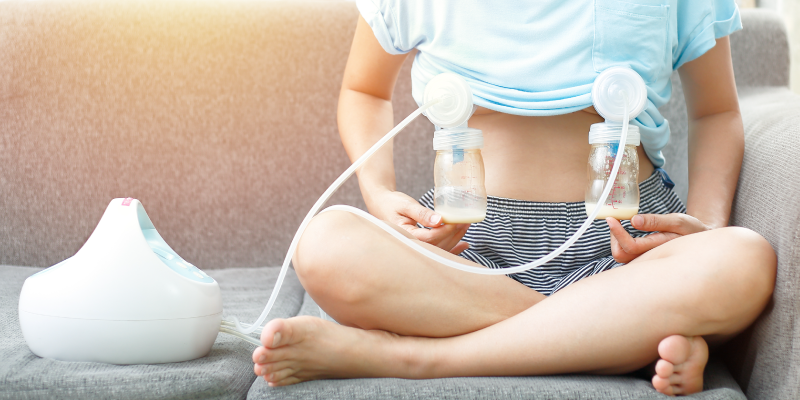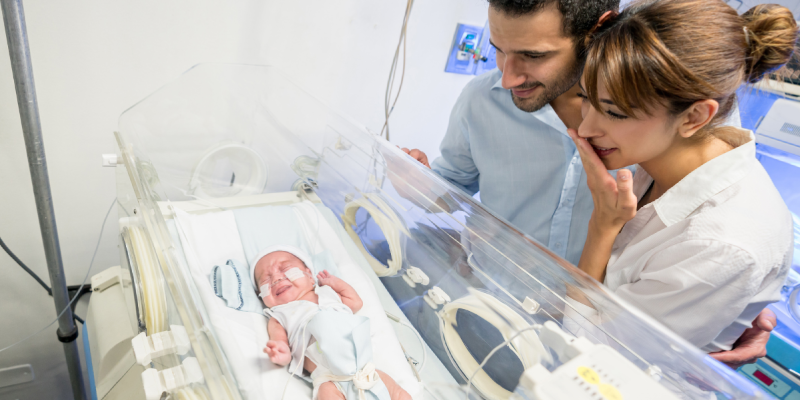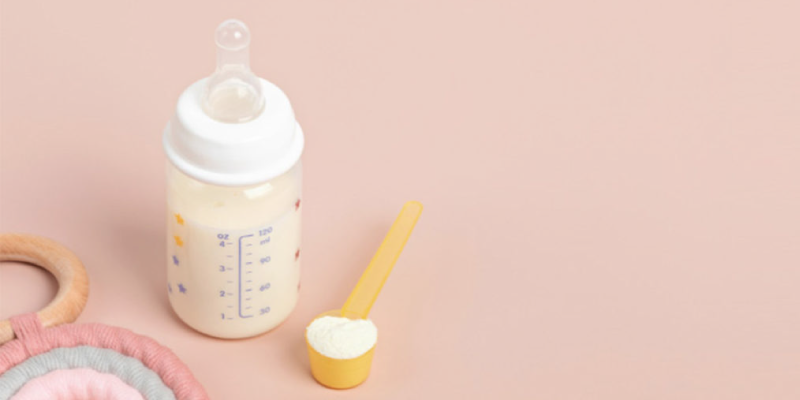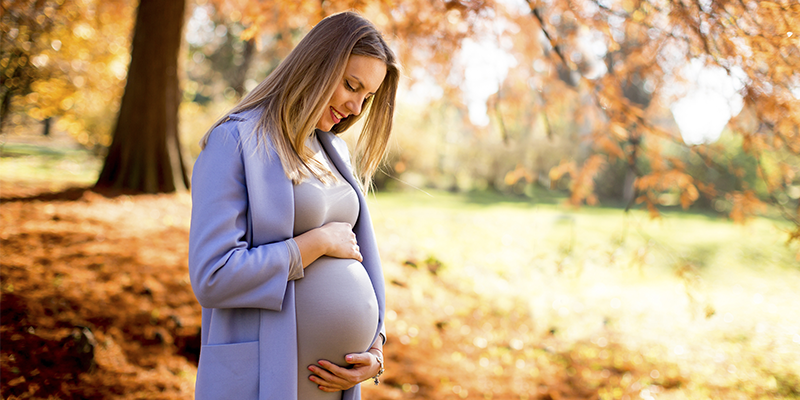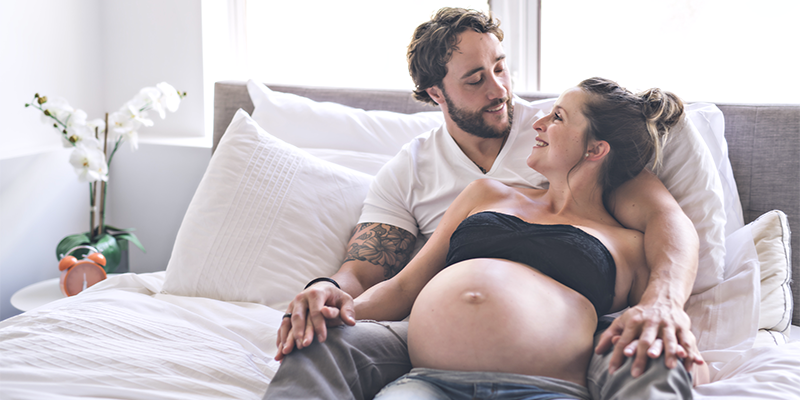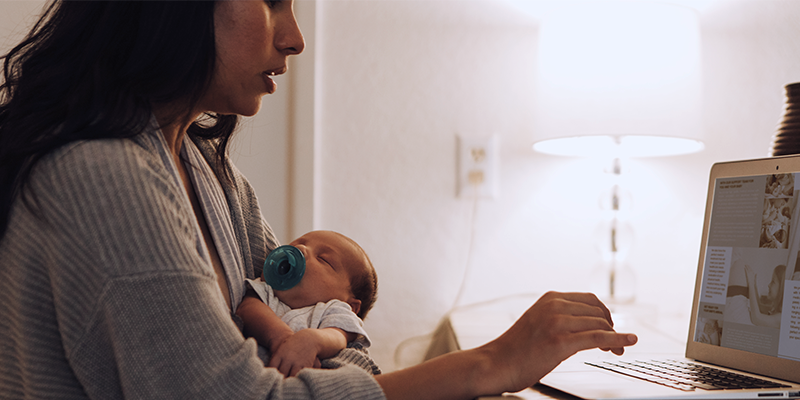What to Know Before Putting Your Baby in a Crib
Ahhh, sleep: it’s the one thing new parents can’t stop thinking about, mostly because they are sorely sleep-deprived. While it’s normal for a new baby to wake often during the first few months of her life, where she sleeps may be causing more sleepless nights than you thought. Studies show that babies get less sleep and wake more often when they are not in their crib, which gives parents the incentive to try it out. And after six months, changing a baby’s napping and nighttime routines becomes much harder. Although making the move from co-sleeping to crib is usually fraught with painful cries at the abrupt change in your little one’s lifestyle, there are things you can do to make the move an easy one. Here’s what you need to know before putting your baby in a crib.
Creating a safe sleep environment for your baby
If not put together properly, your baby’s sleep area has an increased risk for Sudden Infant Death Syndrome (SIDS) and other sleep-related causes of death for infants. Reduce the risk for sleep-related deaths or suffocation by following these guidelines:
Your baby should always sleep on her back for both naps and at night. Never put your infant on her side or tummy to sleep as those positions could cause her breathing to become restricted.
Make sure that the crib or portable play yard is safety-approved and contains a firm sleep surface or mattress. For the safety of your baby and to prevent SIDS, the American Academy of Pediatrics (AAP) advises against the use of all bumpers and blankets in the crib. At least one state has already banned them because they pose such a suffocation threat.
Keep all soft objects, including toys, pillows, blankets and loose bedding out of the crib. You shouldn’t have anything in the crib that can somehow restrict your baby’s breathing or accidentally cause suffocation.
Put your baby in a one-piece sleeper or wearable blanket for bed. She should not have more than one layer of clothing in order to feel comfortable. And keep the temperature in the room at a level that would be comfortable for an adult.
Ways to get your baby to sleep in her crib
If your baby prefers to fall asleep anywhere but the crib, you might be thinking it was a worthless investment. With newborns and sleep, there can be many challenges. But here are three familiar scenarios and the snooze solutions to get your baby to sleep in her crib.
She only falls asleep in your arms
Here’s why: Babies learn a lot of their environment those first few months through sensory experiences. Believe it or not, she knows when she’s being held by mom or someone else. The trap most parents make is getting too comfortable with holding a sleeping baby.
Snooze solution: If she finds comfort in sleeping in your arms only, then do what you can to make the crib feel more like mom. Try swaddling her as the warm and snug fit resembles being in mom’s arms. Other options include using a sleep sack or standing next to the crib with your hand on her tummy for a few minutes to soothe her. Also consider using a heating pad on the lowest temperature under her crib sheet so that it’s nice and cozy when you put her down.
She only falls asleep in her infant carrier or sling
Here’s why: Babies adore chest-to-chest contact. It’s very calming for infants. Plus, the warmth of your body and the movement from walking around creates a cozy cocoon of sleepy bliss for baby.
Snooze solution: To wean your baby off the carrier, is to start using her crib in stages. Put he down in the crib when she’s tired but still awake. Be prepared for some tears but remember the goal is for her to fall asleep on her own. Check on her every five to 10 minutes until she’s asleep. Once you’ve mastered the nighttime ritual, you can try this method for naps.
She only falls asleep in her swing or car seat
Here’s why: Both a swing and car seat mimic the motion of what it was like in your belly. Motion can be very calming for babies because it creates this secure space that reminds her of the womb.
Snooze solution: The first step to getting her into the crib is to eliminate the movement. Put her in the swing but don’t swing it. Or buckle her into the car seat but don’t go anywhere. When she starts to get used to that and is showing signs of tiredness, try putting her into the crib. The important thing is that you need to be consistent. Each step can take a few days, but once you have the process down it will be worth it.
Adjusting to the crib takes time, patience and consistency. But establishing a bedtime routine is so important, not only for your baby’s development, but your own sanity as well. Good luck and sweet dreams!
Join the other 1,000,000+ expecting mamas who love Bump Boxes.






